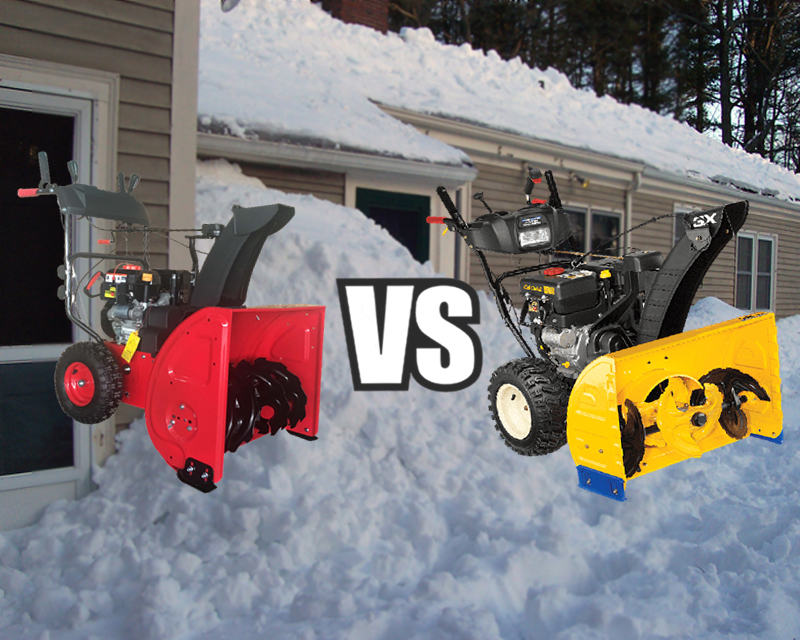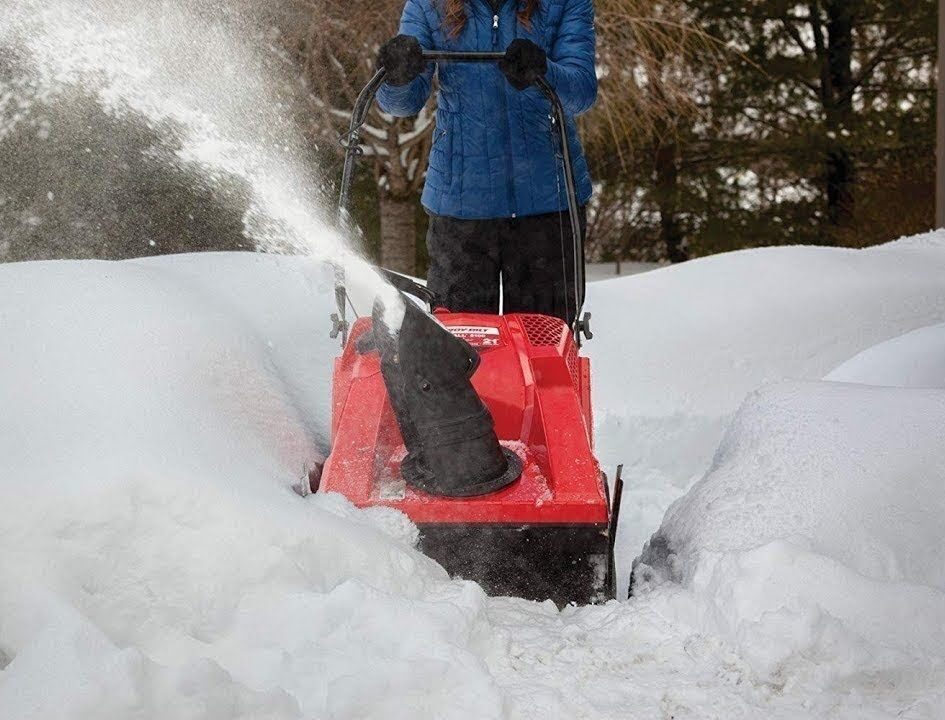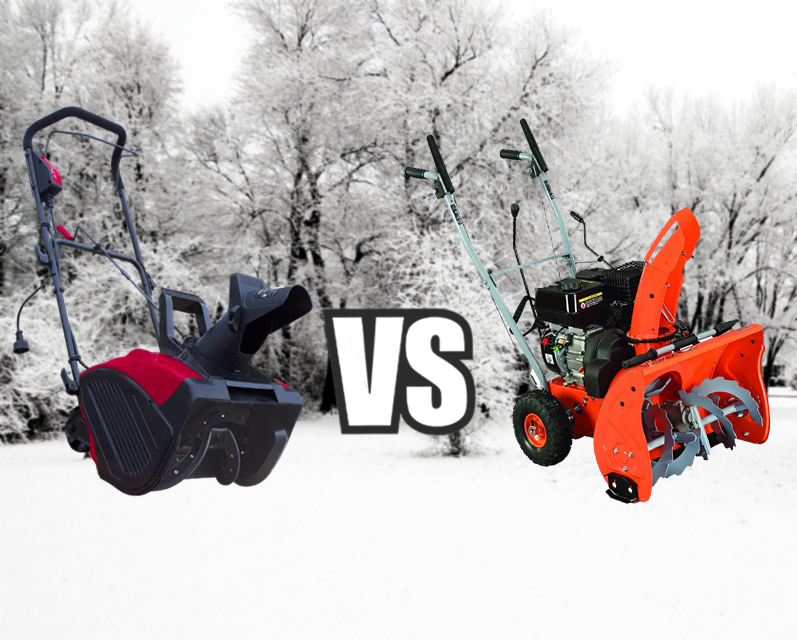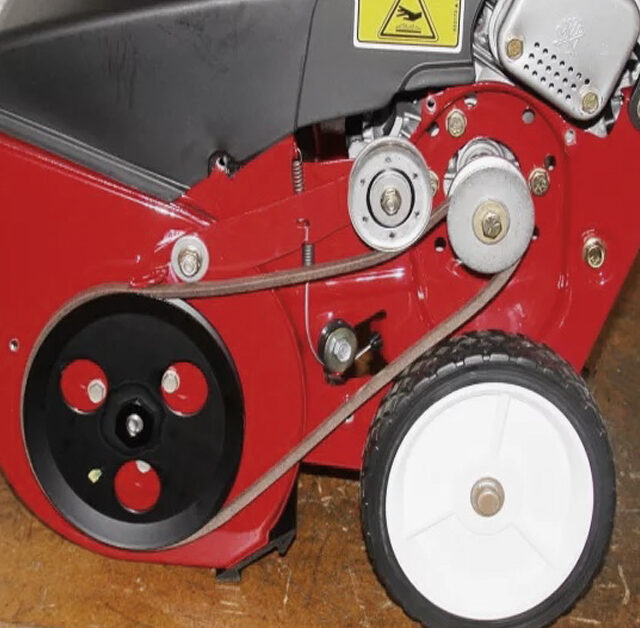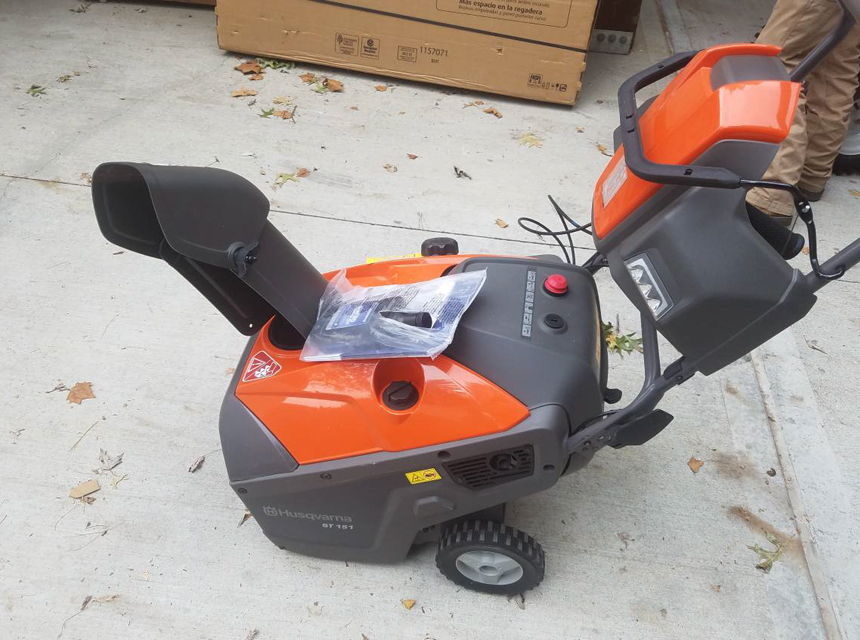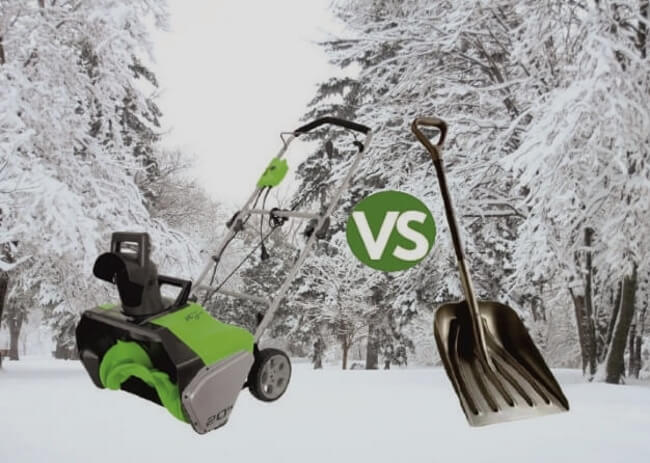
The sun is shining, spring is around the corner, and you’re not going to have to worry about snow for a while. If this sounds like you, then you’re going to want to drain the gas from a snowblower and store it away for the summer.
There are also other times where you want to drain the tank, and you need to know how to do it safely and correctly. In this quick and easy guide, we’ll tell you how it’s done, so your blower works just like the first time when it comes to using it again.
You don’t want to leave gas stored for a long time in the engine. If you do, then by the time you come to start it up in the winter, it may well fail on you. The reason for that is due to what happens to fuel when it’s left to store.
It’s not usually a problem for motor vehicles as they are not left stationary for several seasons at a time. The gas evaporates fairly quickly, and even if your tank is almost empty, this gas will try to escape leaving some additives. That gas contains around 10% ethanol.
With a lot of free space in the tank, water vapor can condense.
The problem is caused when ethanol and water are mixed because they develop into a corrosive substance. This can affect a few parts of the engine but mainly in the carburetor.
It can clog it up and make starting it impossible. Emptying the tank may seem like an annoying chore, but it’s essential if you want to ensure that your snowblower lasts for as long as possible and starts every time.
The fuel you siphon out doesn’t need to go to waste either. You can store it for the winter, or you can simply put it straight into your vehicle. Now, after we have looked at why, let’s have a look at how to drain gas from a snowblower.
Before we look at the step-by-step instructions of how it is done, let’s have a quick overview of what you need to get started:
Once you have everything that you need, it’s time to complete this process so you can put it away for the summer. Here are the steps to take:
Although siphoning fuel from a snowblower is very easy when you have a pump, it’s a wise move to check the manual first. Here, you will see if there are any specific maintenance requirements for the model you have.
Siphon pumps are quite simple, and most of them use a hand pump with two tubes going out of it. Feed one of those tubes into the fuel tank and the other into your container. It’s best to have a tall container or a regular jerry can to avoid spills.
Once you’re all set up, simply start pumping. The siphon will suck up the liquid from the tank, and once it gets started, air pressure will pretty much do the rest. It’s best to move the tube around a little at the end to make sure you get as much as possible.
There will still be a small amount of fuel that is left in the blower. Put the fuel cap on, start up the engine, and then leave it to run until it stops. Since you have already siphoned the fuel, this shouldn’t take long.
As well as draining the fuel tank, there also other maintenance steps that will need to be taken.
Engine oil – Check if the oil in your blower needs to be changed. Four-cycle engine oil will need to be replaced on an intermittent basis. To do this, you’ll need to use a drain sleeve or a pump.
Gear shaft – To check the gear shaft, you will need to move the pivot up and then move the lower cover. Apply oil to the hex shaft, taking care not to get oil on any other internal parts such as the rubber friction disc.
Spark plugs – The spark plugs are fairly easy to access, and it doesn’t take long to give them a quick check. If they are dirty, then give them a quick clean with a wire brush before putting them securely back in place.
Fuel stabilizer – Instead of draining the tank, some people add fuel stabilizer as this will reduce the risk of any rust. Still, we recommend to drain your tank, but it’s also a good idea to add some stabilizer in the tank, too, as this will keep it in great condition.
Check for wear – As well as the required maintenance, you’ll want to give all of the key parts of your blower a once-over. This includes the auger, belt, skid shoes, and the muffler. If any parts are overly worn, make sure you replace them.
Snowblowers need to get through a lot of work when they’re in use, and you should make sure that all parts are well-maintained. Draining the gas from a snowblower may seem like a lot of effort, but with a siphon pump, it is very easy to do. When the winter comes around again, your snowblower will be waiting there for you in perfect condition.
The last thing that you want is to be snowed in, go to start up your snowblower, and find that it doesn’t work. Therefore, follow the steps in this guide to ensure that you have a snowblower in its best condition for years to come.
